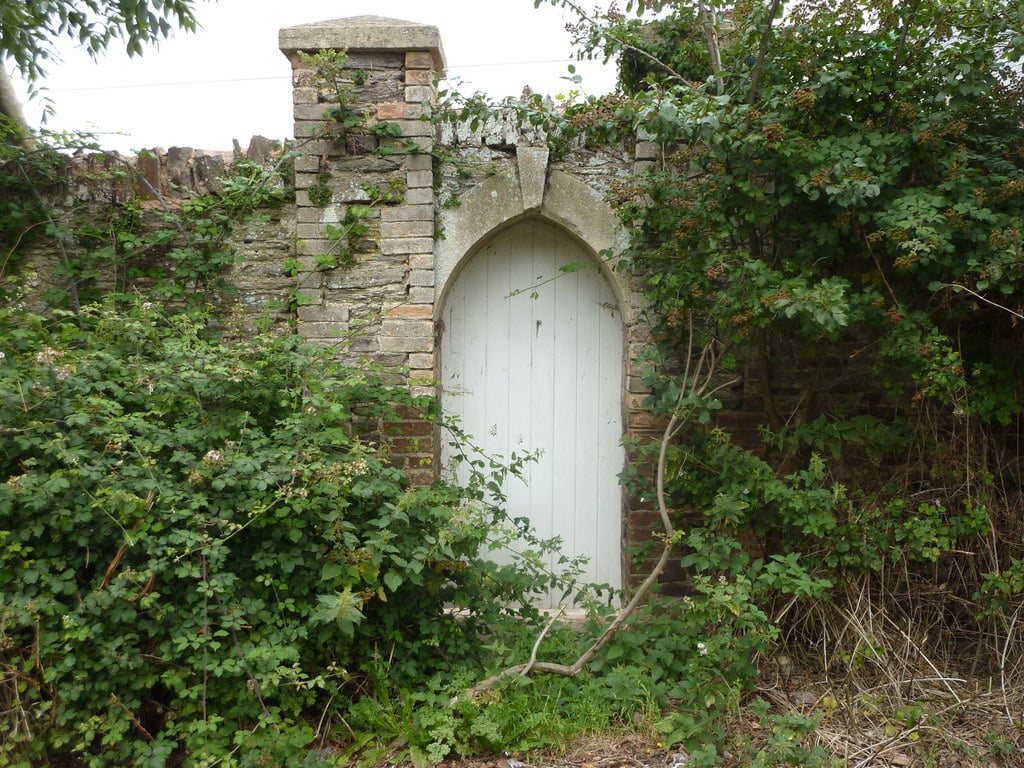I ran through thickets and jumped over rocks lining the green pond to solve my problems as a child. When a boy I had a crush on called me four-eyes, I vented my rage and pain by swerving around the horse hoofprints in the mud. When my best friends gossipped about me, I caught and befriended frogs. When my father spoke cruelly to me, I walked up and down the causeway my mother had created for me between the pond and the river, pretending I was a wild horse.
Login to read more
Sign in or create a free account to access Subscriber-only content.
